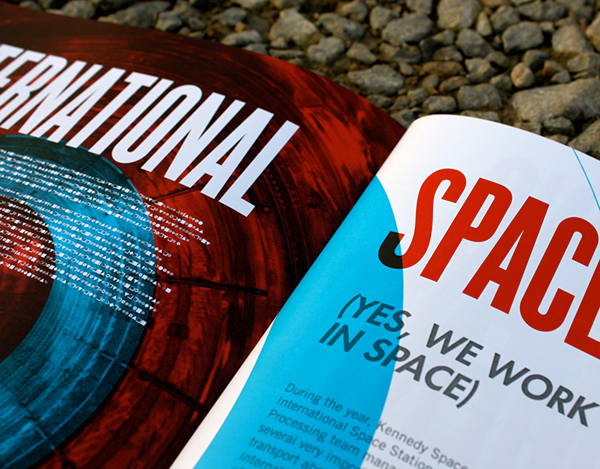

With a total prize purse of $1,000,000, NASA is looking for ideas to develop and commercialize state-of-the-art technology and data usage that advances lunar exploration and climate science. To enlist the help of entrepreneurs in addressing these challenges, NASA’s Science Mission Directorate (SMD) has once again teamed up with the world-leading crowdsourcing platform HeroX to launch the NASA Entrepreneurs Challenge. The latter calls for advances in climate science, Earth observation, and high-quality data collection. The former entails all manner of requirements, from launch vehicles and human-rated spacecraft to logistical concerns and payload services. Currently, the agency is tasked with preparing for the long-awaited return to the Moon (the Artemis Program) and addressing the growing problem of Climate Change. NASA has a long history of crowdsourcing solutions, seeking input from the public, entrepreneurs, and citizen scientists. Continue reading “NASA Seeks Greater Diversity in Research Collaborations” NASA has teamed up with the leading crowdsourcing platform HeroX for this year’s MUREP opportunity and is awarding multiple prizes of $50,000 to MSIs for innovative ideas and action plans for commercialization that will advance NASA’s Mission Directorate priorities. Through MUREP, NASA provides expert guidance and financial assistance via competitive awards to Minority Serving Institutions (MSIs), which are announced annually through a MUREP Partnership Learning Annual Notification (MPLAN). In keeping with NASA’s policy of Diversity, Equity, Inclusion, and Accessibility and the Science Mission Directorate’s (SMD) Science Plan, NASA is seeking to expand its partnerships and encourage “a culture of diversity, inclusion, equity, and accessibility.” To this end, NASA created the Minority University Research and Education Project Partnership (MUREP) – administered through its Office of STEM Engagement (OSTEM). In its pursuit of scientific research and human spaceflight, NASA engages in partnerships with various universities, laboratories, and academic institutes. Is it Coming From the Planet or the Star?” Continue reading “JWST Tries to Untangle the Signals of Water. As they stated in a recent study, the team detected traces of water vapor, though it is unclear if the signal was coming from the planet or its parent star. Using the James Webb Space Telescope (JWST), researchers from the Space Telescope Science Institute (STScI) observed an exoplanet known as GJ 486 b. As such, whether planets orbiting these stars can maintain or reestablish their atmospheres over time is an open question.

In addition, red dwarfs are highly-active when they are young, exposing planets in their HZs to lots of ultraviolet and X-ray radiation.

They are also prone to flare activity and have very tight Habitable Zones (HZs), meaning that planets must orbit very closely to get enough heat and radiation. These account for between 75 and 80% of all stars in the known Universe, are several times smaller than the Sun and are quite cool and dim by comparison. rocky), the most likely place to find them is in orbit around M-type red dwarf stars. When it comes to “ Earth-like” planets (aka. The number of known extrasolar planets has exploded in the past few decades, with 5,338 confirmed planets in 4,001 systems (and another 9,443 awaiting confirmation).


 0 kommentar(er)
0 kommentar(er)
